Ethiopia has lower levels of formal financial inclusion than its neighboring East African countries, as only 46% of adults have an account at a formal financial institution. 60% of adults use a mobile phone, presenting a significant opportunity to increase financial inclusion through mobile money services. As a report by GSMA notes, the adoption of mobile money can drive financial inclusion and result in remarkable macro and socio-economic gains for Ethiopia. However, several barriers need to be addressed to realize these benefits fully.
Depending on the level of adoption, mobile money could lift 200,000 – 700,000 people out of extreme poverty, increase real GDP growth by 0.7%-2.5%, and increase tax revenue by 0.5%- 2.4% by 2030 in Ethiopia. In addition, it is forecasted to improve household resilience to shocks.
Mobile Money Providers and use cases
The government of Ethiopia liberalized the telecom sector and allowed Mobile Network Operators (MNOs) to offer mobile money services in 2020. Although one MNO currently provides mobile money service (Ethiotelecom) in the country, this number is expected to reach three in the near term. Safaricom has become the second MNO to secure a mobile money license from the National Bank of Ethiopia in May 2023.
Airtime top-up and P2P payments are popular mobile money use cases and a common entry point to adoption in Ethiopia. More advanced payment use cases (G2P/P2G payments, retail/merchant payments, international remittances, humanitarian aid disbursements, and agricultural payments) are also being explored to advance mobile money. Nascent opportunities exist in integrating mobile money with e-commerce, transport payments, and off-grid solar home systems.
MMPs will need to offer non-payment use cases, such as savings, credit, and insurance, to achieve sustainable growth and profitability. Mobile money could add value to the more than 9,000 cooperatives and over 21,000 SACCOs with approximately 27 million memberships in the country. Bundling microinsurance with other products may also be a successful strategy.
Barriers to account ownership
Mobile ownership, a prerequisite for mobile money use, is limited by affordability. In addition, only 35% of female respondents and 49% of male respondents in the GSMA consumer survey have mobile money awareness. Among all adults that have used a mobile phone and are aware of mobile money, only 18% own a mobile money account. The main barriers preventing them from owning an account are:
- Lack of perceived relevance of the service to their everyday financial activities.
- Not knowing how to use a mobile money service.
- Cost of mobile money services.
- Lack of access (unavailability of agents, lack of electricity, and unreliable connectivity).
- Issues of safety, security, and trust.
Barriers to adoption
Elements lacking across the key enablers of mobile money growth in Ethiopia are:
- Robust identity verifications that will help MMPs offer a wider suite of financial products.
- Legal instrument governing data privacy and protection.
- Expansion of payment aggregators and gateways that remove the need for billing institutions and their customers to hold accounts with the same financial institution.
- Extensive high-quality agent network.
While agent networks are growing in Ethiopia, KYC requirements can be challenging to meet and onboarding processes can be slow. In addition, agents tend to focus on one or two key products based on their location, limiting profitability. Challenges faced by agents in Ethiopia include ineffective liquidity management, poor network performance, low commissions, and complexity of mobile money and USSD apps.
Research into other markets shows women agents tend to have higher performance levels than their male counterparts. Hiring more women as mobile money agents could also enable women’s financial inclusion. However, onboarding women agents is a challenge as they are less likely to run formal businesses and hence meet certain requirements.
Scaling mobile money adoption will require a concerted effort from the government and policymakers, public and private sector organizations, MMPs, donor and development agencies, and local civil society organizations. Read the full report here.
